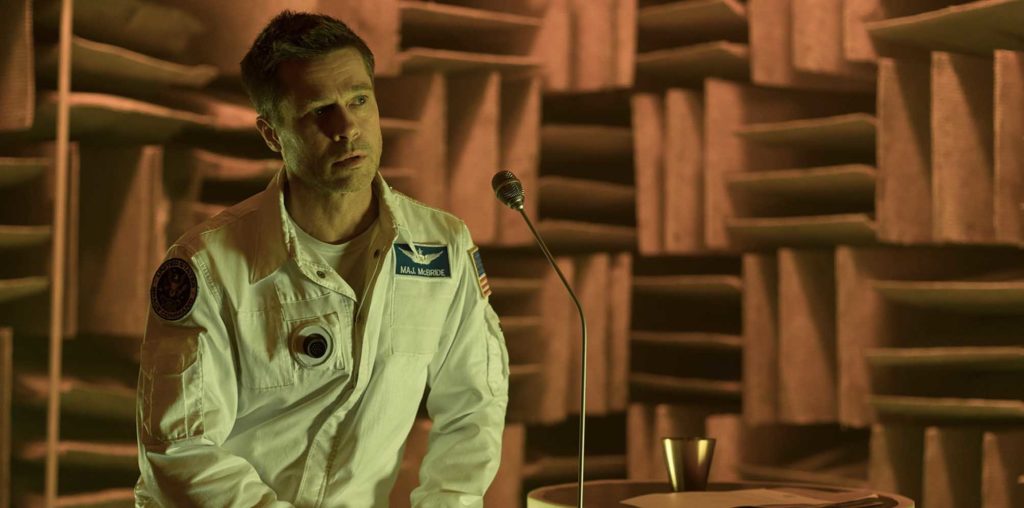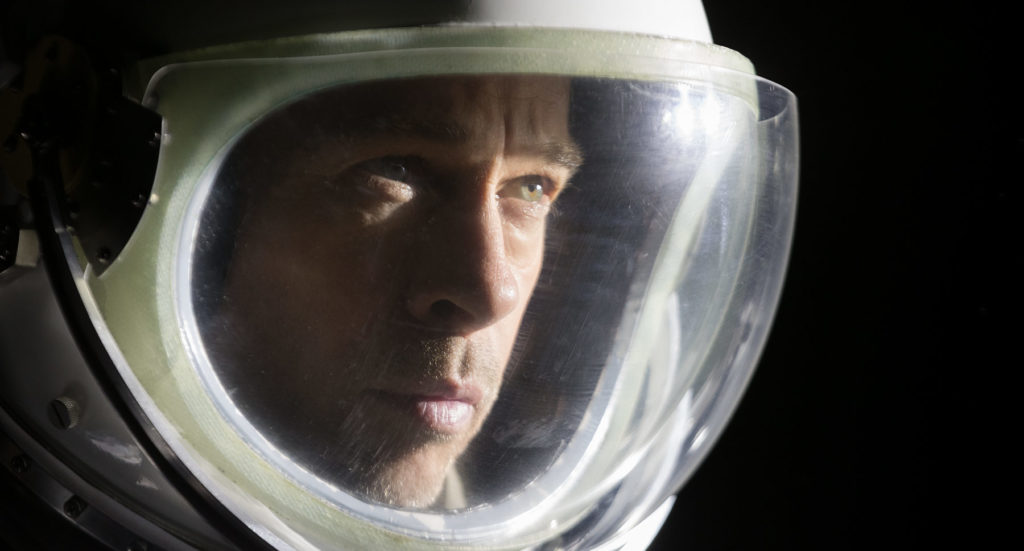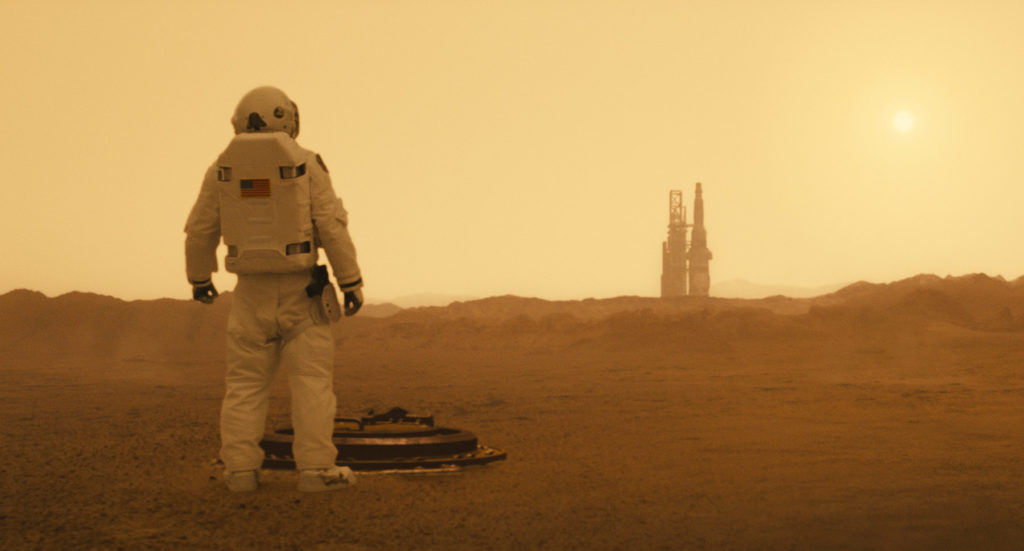
Humanity has always attempted to answer the question as to whether or not there is intelligent life out in the vast depths of space. Ad Astra, starring Brad Pitt in the lead role of Major Roy McBride, and directed by James Gray, focuses on this and brings into question human existence and our place within the vast cosmos.
 For reasons that will be unveiled during the film, McBride must venture on a mission into space to find his missing father, portrayed by Tommy Lee Jones, as well as having to find his own place along the way. Introspective in nature, Ad Astra does well to represent the psychological impact of space, and the relationship between an absent father and son.
For reasons that will be unveiled during the film, McBride must venture on a mission into space to find his missing father, portrayed by Tommy Lee Jones, as well as having to find his own place along the way. Introspective in nature, Ad Astra does well to represent the psychological impact of space, and the relationship between an absent father and son.
Shot from the perspective of McBride, the audience is drawn into his mind, where they follow him on his mission. He is a calculated and seemingly emotionless character throughout the first half of the film, where he remains calm even under extreme pressure.
As the story progresses, cracks begin to form in his resolve when situations regarding his father come into play. The relationship between the two is a key theme, as McBride holds a strong feeling of resentment and anger towards his father.
Failure and the disregard of human life are other key themes explored in the film. Each character introduced is used as a means to an end for McBride, leaving the audience to ponder what happens to them off-screen. While it is interesting to see the film through his eyes, there are moments where the story drags and becomes slow, though the pacing is consistent.
 Each shot has been directed to present the story in very specific ways, to match McBride’s personality and his ability to compartmentalise his emotions. A sense of calmness can be felt for most of the film, even during moments where the tension rises.
Each shot has been directed to present the story in very specific ways, to match McBride’s personality and his ability to compartmentalise his emotions. A sense of calmness can be felt for most of the film, even during moments where the tension rises.
A sense of belonging is focused on heavily, with McBride struggling throughout the film to define what he sees as ‘home’. Psychologically, he suffers through the loneliness in space, with the camera shots and editing working together to create a sense of delirium and inability to focus.
Stunning visuals capture the beauty of space, with high attention to detail shown for each planet featured. From start to finish, each new location has specific colours and quirks about it. The moon is shot in a grey tone, with the people and commercialisation shown in vibrant colours. In contrast, Mars has been shot in red and yellow tones, to match the appearance of the planet.
Overall, Ad Astra does well to convey each theme it presents. The directorial choices made, along with the casting and scripting, work together to deliver a visually powerful story. It’s a must-watch for sci-fi lovers.
Ad Astra is in cinemas now.









